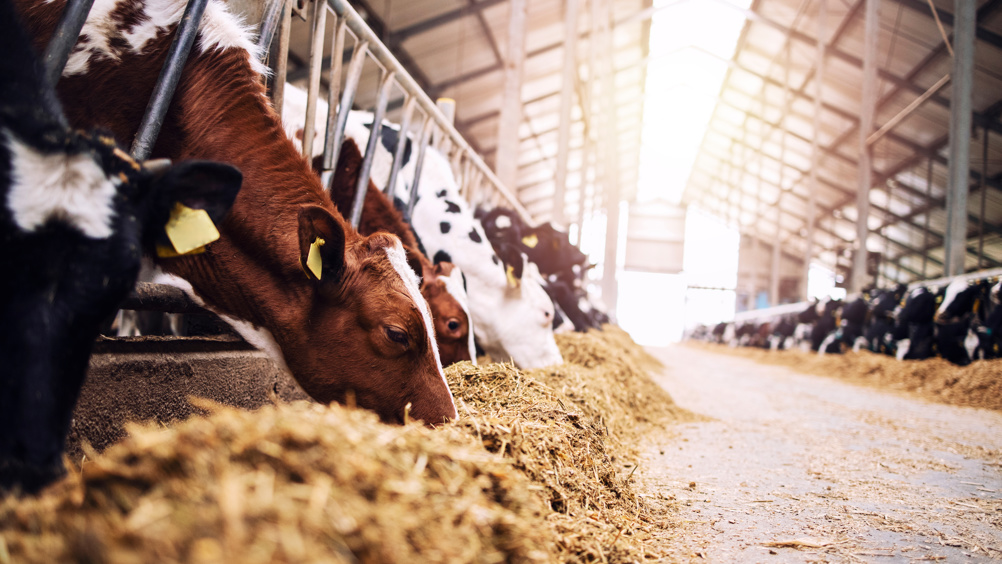References
Revisiting bovine respiratory disease

Abstract
Despite significant investment and years of research bovine respiratory disease remains a significant economic and welfare issue to the cattle industry worldwide. The risk factors are well known and developments in preventative medicines, effective treatments and more recently technology to aid detection should enable us to better control the disease. In this review we will consider the barriers we face to adoption and how we as veterinary surgeons can work better with our clients to bring about lasting change on farm which will deliver effective control of this disease.
Morbidity attributed to bovine respiratory disease (BRD) has not significantly dropped over the past 45 years (Smith et al, 2020). This is despite a significant body of research and clear advances in treatments, detection technologies and preventatives. So how do we address this? Because BRD is characterised by a complex interaction of many different factors, no single practice for reducing the effect of this disease exists and in fact addressing one factor on its own will often lead to poor results and frustration. For example, simply introducing a vaccination programme for a group of animals kept in sheds that are poorly ventilated and unfit for purpose is unlikely to resolve a BRD issue and will bring about increased frustration and reduced confidence in the veterinary advice and in the vaccines. It is therefore important that when addressing BRD issues on farm veterinary surgeons work with their clients to come up with holistic solutions that address all the risk factors but also take into account the constraints of an individual production system. In addition, and probably most importantly, veterinary surgeons must take into account the needs and perceptions of their clients and work with them to understand their motivation and view of the problem, as only by gaining their ‘buy-in’ can they hope to bring about long-term improvements in the management of this economically damaging disease.
Register now to continue reading
Thank you for visiting UK-VET Companion Animal and reading some of our peer-reviewed content for veterinary professionals. To continue reading this article, please register today.

